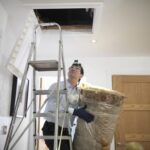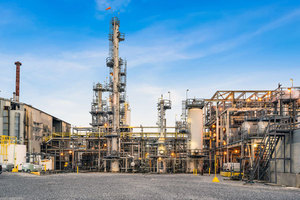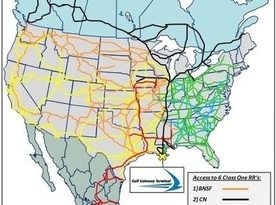Good Housekeeping is Priceless
Energy Disrupter
ADVERTISEMENT
Summer is (mostly) here, and lately, I have been seriously considering purchasing a wood pellet grill. I have been told countless times by industry friends that the taste is exponentially better than gas and charcoal grilling (and also that it’s easy). As those in the market know, BBQ pellets have seen explosive growth over the past few years, so much that I have been considering adding it as a data category for the North American Wood Pellet Production Map. It may be as simple as asking fuel pellet producers if they also make grilling pellets, or a little more detailed such as asking for a rough percentage in terms of their heating-to-grilling pellet ratio. I’m looking for feedback on what data points might be useful (and practical) to capture, so reach out to me with any feedback you might have.
Moving on to the specifics of this issue, our theme is fire and explosion protection, and dust control. This is a theme we have every year, and for good reason: The material that is the lifeblood for this industry—wood dust—is a flammable substance. Add heat and friction into the mix, and you have a recipe for risk. There are many companies working in this space to provide wood pellet producers with the knowledge, tools and equipment necessary to best prevent, monitor and manage the hazards associated with wood dust. Many of them presented at the virtual International Biomass Conference & Expo this spring, and freelance writer Luke LeRoy captured these conversations in his page-16 feature, “Tools and Technologies for Dust, Fire and Explosion Mitigation.” One concept reiterated by the experts featured in the story is the impact of good housekeeping—it can mean the difference between crisis averted and catastrophe. Says Chris Giusto of Hallam-ICS, “Because good housekeeping is integral to all aspects of combustible dust safety, it must be considered and reviewed at every stage of the production cycle. In fact, good housekeeping is critical in the avoidance of secondary events, which are often the most destructive.” From dust hazard analyses to NFPA standards to understanding different risks and safety strategies available, there’s plenty to digest in this story.
Other themed content includes our page-22 contribution, “Controlling Combustible Dust and Spillage,” in which Benetech’s Greg Bierie provides some insight about and real project examples of what he dubs “safety by design.” In addition, be sure to check out this issue’s Sponsor Spotlight section on pages 24-25, which features content from industry pros CV Technology and FLAMEX.
With in-person industry events slowly returning as the pandemic wanes in the U.S., I have a couple of trips on the books: The Pellet Fuels Institute annual conference in Louisville, Kentucky, in June, as well as a new event—the National Biomass Summit & Expo, July 13-15. Colocated with BBI International’s 37th annual International Fuel Ethanol Workshop and Expo, as well as the Biodiesel & Renewable Diesel Summit, this event may be something you want to keep your eye on. The agenda is in development and will be ready soon, so stay tuned.
Printed in Issue 2, 2021 of Pellet Mill Magazine












